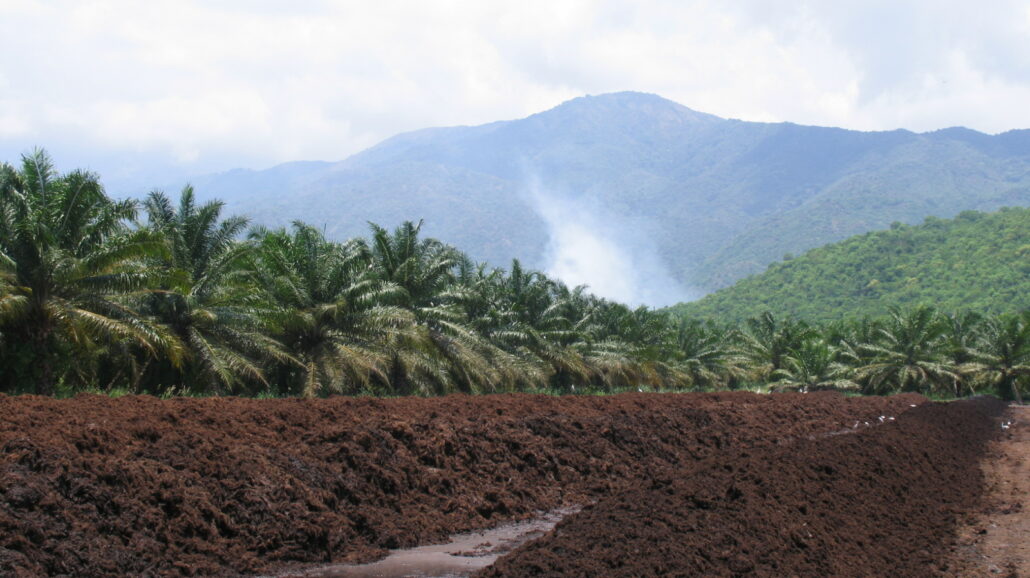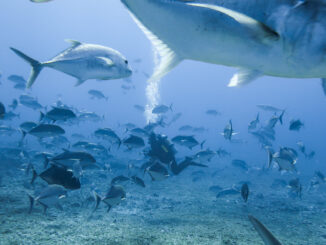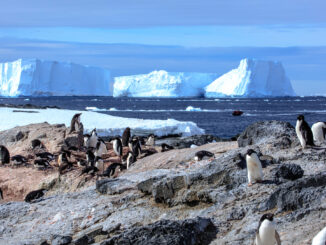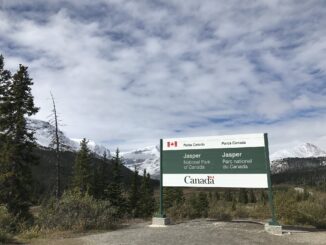
Earth’s biodiversity has been decimated since the 1970s, a new study has revealed. The only thing that will save what’s left is the strong protection of more lands and waterways under strict conservation laws.
Last week, the Zoological Society of London and the World Wildlife Fund released a sobering report detailing how much of the natural world has been destroyed by human population growth and development. The picture is bleak.
The report landed just as national representatives gathered in Colombia for United Nations-sponsored negotiations to consider the world’s biodiversity crisis and efforts to stop it.
The 16 Conference of Parties to the UN Convention on Biological Diversity kicked off in earnest on October 16 and is scheduled to run through November 1.
Delegates will have plenty to talk about as the main negotiations get underway next week.
According to the 2024 Living Planet Report, scientists estimate that the population of wildlife on Earth has declined by nearly three-quarters over the past 50 years.
The study assessed population trajectories of more than 5,000 vertebrate species. Researchers behind the study conclude that the average population sizes of these species have plummeted by 73% from 1970 to 2020.
“The Living Planet Report updates fifty-year trend lines of how much we’ve lost and tipping points that lie ahead,” WWF CEO Carter Roberts said in a statement upon the report’s release.
Animal populations are being decimated by habitat losses, mainly from expanding agricultural operations to feed the world’s ballooning human population, which now stands at over 8 billion.
A decimation long underway
Latin America and the Caribbean have experienced the most staggering biodiversity losses, despite this region’s reputation for being home to pristine coral reef systems and teeming rainforests. This reputation is largely an illusion.
The Latin America and Caribbean region has experienced a 95% decline in populations of wild vertebrates. That’s by far the highest rate of biodiversity loss seen in any region covered by the study.
Some years back, Public Parks toured parts of rural Haiti and remote Colombia and never encountered any wildlife in those countries, even in remote areas far removed from urban infrastructure.
The lack of birdsong in those countries was particularly memorable.
WWF and the Zoological Society estimate that Africa has seen a 76% decline in wildlife abundance over the past 50 years. Asia and the Pacific region experienced about a 60% decline.
The situation looks better in North America and Europe, but still not great.
Researchers think Europe has suffered a 35% decline in wildlife abundance. North America has seen animal populations plunge by 39%.
The disturbing findings are “based on almost 35,000 population trends and 5,495 species of amphibians, birds, fish, mammals, and reptiles” the authors explained.
Globally, the groups say populations of freshwater species have plummeted by about 85%.
Indications of a dying planet
The groups have been tracking the decline in wild species populations using what they call the Living Planet Index or LPI. The report’s authors worry that the planet’s biosphere is approaching a dangerous “tipping point” from which there will be no return.
There is broad agreement that Earth is now in the midst of a sixth mass extinction event, and humans are the cause.
Several studies have pointed to habitat loss as the main driver of species loss and extinction.
Overfishing and poaching of terrestrial animals are also high on the list of factors to blame for the staggering losses of biodiversity seen globally—think the Tasmanian tiger in Australia or the passenger pigeon in North America. White storks were nearly driven to extinction in Europe before conservation initiatives were put in place.
Climate change and ever-increasing average global temperatures are of growing concern. Science says that at least one species of island lizard has been driven to extinction by climate change, the victim of rising sea levels and stronger cyclones.
“The LPI and similar indicators all show that nature is disappearing at an alarming rate,” the report warns. “While some changes may be small and gradual, their cumulative impacts can trigger a larger, faster change.”
The report ways that the pine beetle infestation in North America continues to threaten vast swaths of pine forest. It warns that the Great Barrier Reef is facing exacerbating stress and damage accumulated from seven mass coral bleaching events since 1998.
Australian climate and marine scientists agree that the Great Barrier Reef, a UNESCO Natural World Heritage Site, is in danger.
The researchers behind the LPI and 2024 report fear that the Amazon rainforest is being ravaged by deforestation to the point where there’s a risk of irreversible harm to that ecosystem. “A tipping point could be on the horizon if just 20%-25% of the Amazon rainforest were destroyed, and an estimated 14%-17% has already been deforested,” the authors say in the report’s executive summary.
A Convention in search of an answer
Hundreds of government representatives are now in Cali, Colombia for the UN Convention on Biological Diversity’s 16th CBD Conference of Parties (COP).
The 2024 Living Planet Report is now weighing heavily on those deliberations. The main debate is scheduled from October 21 to November 1.
The Convention on Biological Diversity is mostly an aspirational declaration by UN member states.
The CBD gives governments broad leverage over how they manage ecosystems and species found on their territory. It merely asks states to conserve species to the best of their ability, however, they so choose.
Entered into force in December 1993, the CBD is now in its 31st year of existence. Environmental organizations have long accused signatory governments of ignoring the CBD, and an earlier UN internal review reached the same conclusion.
Things could be changing as the situation for species conservation grows more alarming by the year.
Climate change is still the top environmental concern discussed at the United Nations. However, governments are starting to become more vocal about the biodiversity crisis and mass extinction event underway now.
Advocates and scientists alike say the solution is to greatly expand the area of land and water where wildlife is left undisturbed and allowed to live and grow in population sizes naturally.
Parties to the CBD have pledged to set aside at least 30% of Earth’s surface by 2030 to be used for species conservation in some way.
“National commitments and actions on the ground fall far short of what’s needed to meet our targets for 2030 and avoid tipping points that would make achieving our goals impossible,” the scientists behind the report stress.
Conserving nature through establishing more protected lands and waterways will not only be good for wild species, they say, but ultimately for humans as well.
©2025 Public Parks
Park Info
Park:
Global parks and marine protected areas
Location:
Worldwide
More information:



